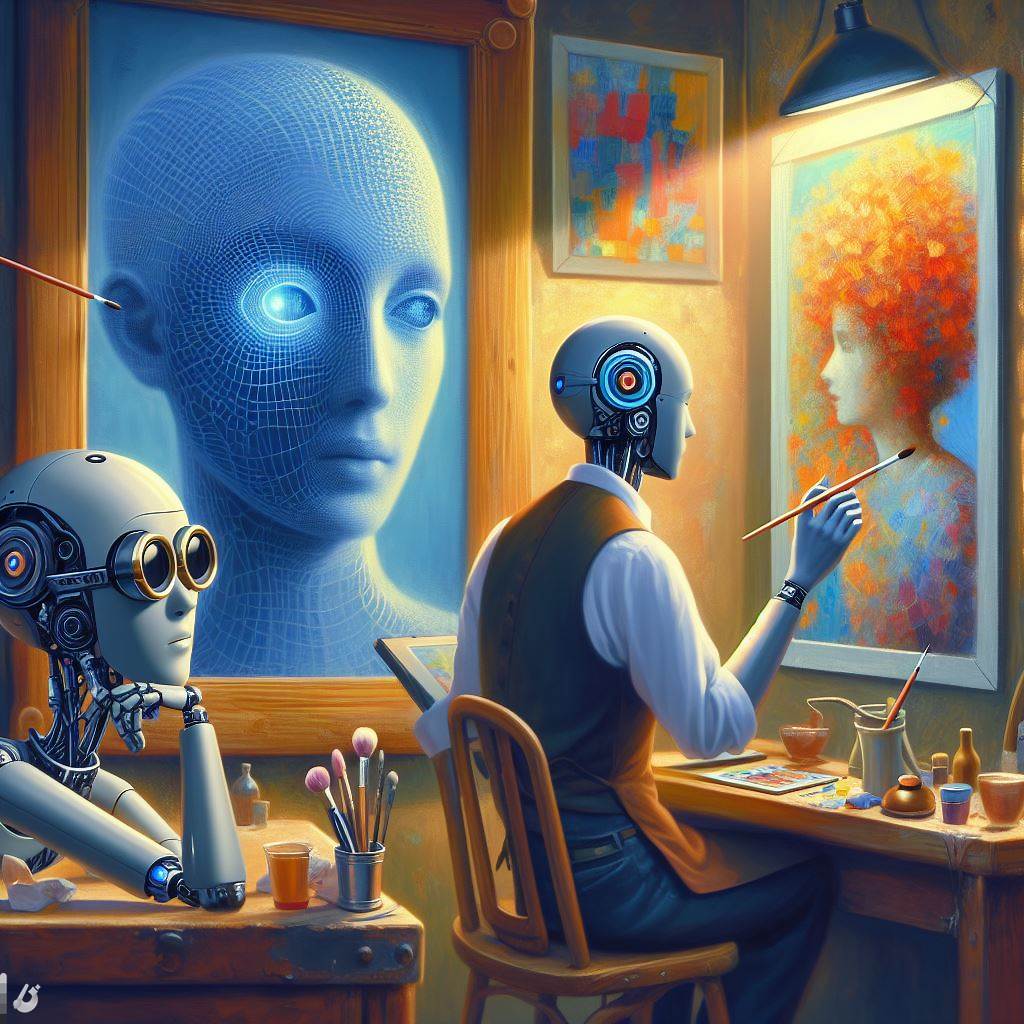
New research conducted by Bowling Green State University explores the evolving relationship between generative artificial intelligence (AI) and human art perception. The study, published in the journal Psychology of Aesthetics, Creativity, and the Arts, reveals intriguing insights into the challenges of distinguishing between AI-generated and human-made artwork.
The research, led by doctoral candidate Andrew Samo and Distinguished Research Professor Dr. Scott Highhouse, aimed to investigate whether individuals could accurately identify the source of images without prior knowledge of AI involvement. Participants were presented with a series of images and asked to rate them based on 30–50 aesthetic judgment factors, without being informed that some were created by AI.
Surprisingly, participants struggled to differentiate between AI and human art, correctly identifying the source only slightly more than half the time and expressing low confidence in their guesses. Samo noted, "It's really a coin flip—when you show them the pictures, there's about a 50%–60% chance they'll get it right."
Despite the uncertainty in identification, a consistent trend emerged: participants demonstrated a clear preference for human-generated art. The reasons behind this preference, however, remained elusive. The study identified four key aesthetic judgment factors—self-reflection, attraction, nostalgia, and amusement—that significantly influenced participants' positive feelings toward human art.
Samo acknowledged the challenge in explaining this preference, stating, "They typically didn't know the difference and admitted they couldn't tell the difference once you asked them, but the next layer of that is people reliably said they liked the human images more without even knowing whether it was AI or not."
One proposed explanation for this phenomenon is the uncanny valley effect, where subtle differences in AI-created art may trigger subconscious discomfort. While participants couldn't articulate the reasons for their preferences, their emotional responses suggested a deeper connection to human art.
The study, which builds upon previous research indicating bias against AI artwork, underscores the evolving capabilities of generative AI. Samo highlighted the broader implications, stating, "With generative AI models, they're able to not only do those repetitive tasks but come up with art, music, poetry, prose, text that is almost indistinguishable from humans."
As AI continues to advance, the researchers emphasize the importance of understanding its psychological effects and societal impacts. Samo speculated on the future, saying, "If you redid this, I'm not sure if people would be able to tell the differences at all." The study provides a glimpse into the evolving landscape where AI challenges traditional perceptions of art and creativity.